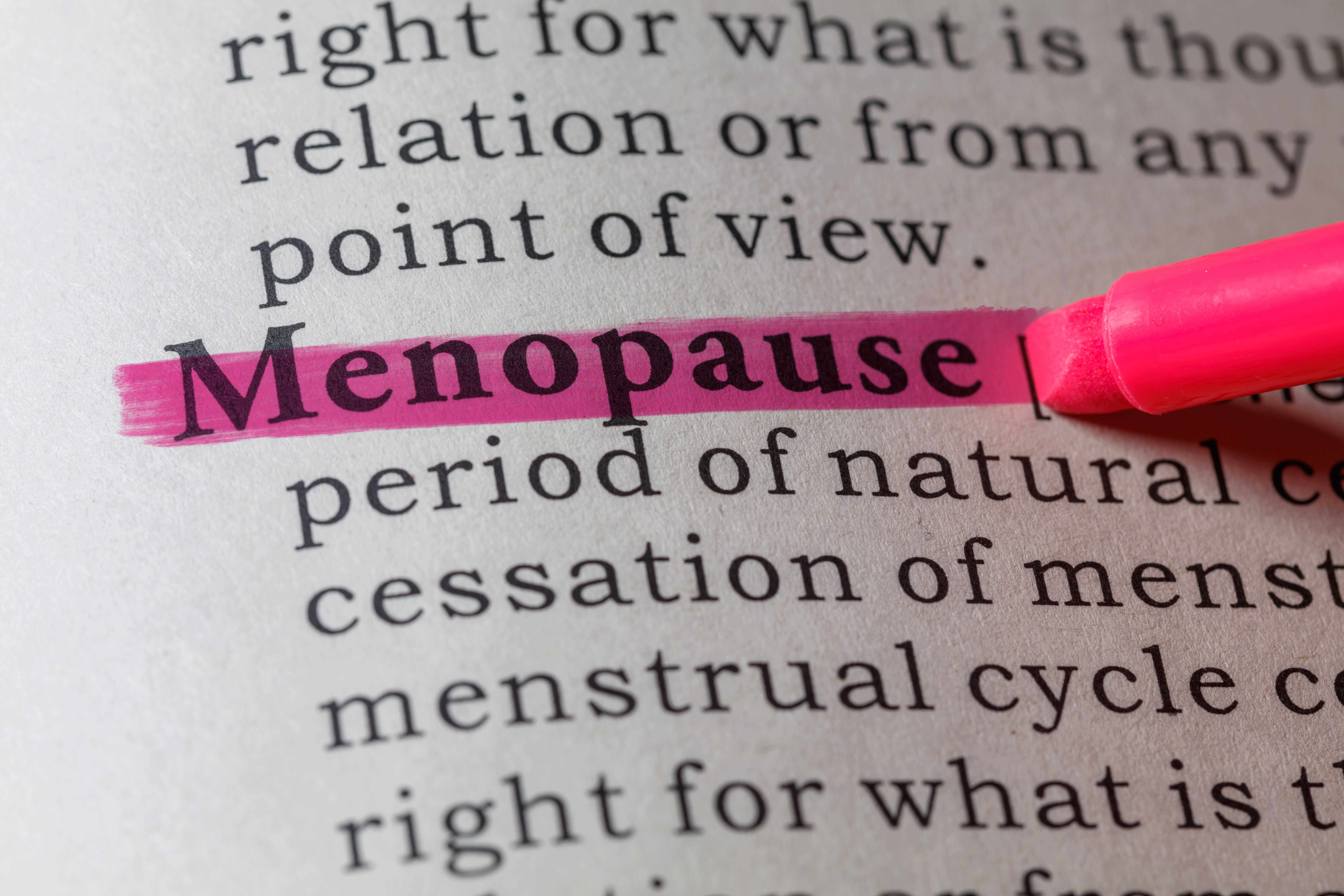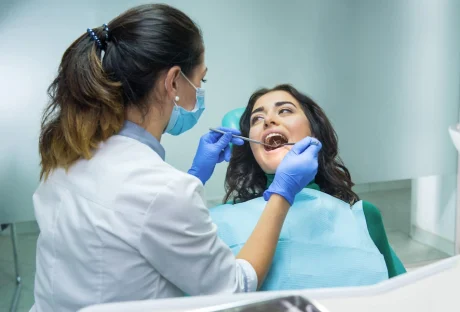Night sweats, hot flashes, and mood swings – oh my! It all comes with the onset of menopause. And with 75% of women experiencing these symptoms, know you’re not alone. Treatments for Menopause symptoms need to be taken care off while you want to improve your mood swings.
But you don’t have to sit idly by and suffer through it. There are things you can do to ease or even end your symptoms to feel more like yourself.
Take back control with these 4 treatments for menopause symptoms.
1. Hormone Therapy:
Hormone levels decline with the aging process. When that’s combined with menopause, many women experience the nagging, uncomfortable symptoms it brings.
Hormone replacement therapy is a popular way to replenish hormone levels. For women who still have their uterus, a combination of estrogen and progesterone (also known as HRT) can relieve moderate to severe symptoms.
Those who have had a hysterectomy only need estrogen replacement.
You can learn more about how this menopause treatment can work for you on this page.
2. Night Sweats Relief:
Night sweats are the result of having hot flashes in your sleep. But you don’t have to take those symptoms lying down (pun intended).
Keep your cool at night by dressing in light layers. Turn on a fan and keep a cold glass of water next to your bed to sip on throughout the night.
You can also put a frozen cold pack under your pillow. Turn your pillow often so that your head is always resting on the cooler surface. Or it may help to keep the cold pack near to your feet.
3. Ramp up Your Sex Drive:
Menopause can disrupt your sexual function, leaving you to deal with dryness and a decline in sex drive. Fortunately, you have options to combat this.
Water-based lubricants can help with dryness. You don’t need a prescription to get it, you can pick it up from most drug stores. Lubricants will ease the discomfort of intercourse.
Vaginal moisturizers will also promote a healthy vaginal environment. They will help treat mild vaginal atrophy and keep your pH level low.
4. Diet and Exercise:
Keeping yourself fit and healthy is a natural, effective way to treat the symptoms of menopause. And since menopause increases a woman’s risk of developing diseases such as heart disease, diabetes, and osteoporosis, diet and exercise help in more ways than one.
Achieve and maintain a healthy weight by eating lots of fruits and vegetables. Exercise on a regular basis. Also, limit processed foods and refined sugar.
It’s also a good idea to avoid trigger foods. Alcohol, caffeine, and spicy food are common triggers for hot flashes and mood swings.
And since dryness comes with decreased hormone levels, always drink plenty of water. At least 8-12 glasses a day.
Treatments for Menopause Give You Back Control:
Don’t suffer through menopause a moment longer. With these treatments for menopause symptoms, you can take back control of your body and feel better sooner.
Is menopause disrupting your sleep? Check out ways to help you sleep better as you age.
Read Also:























